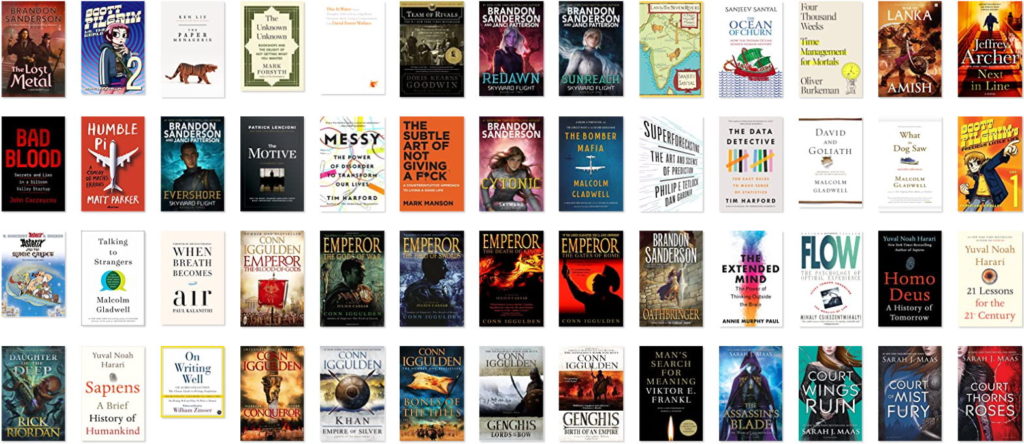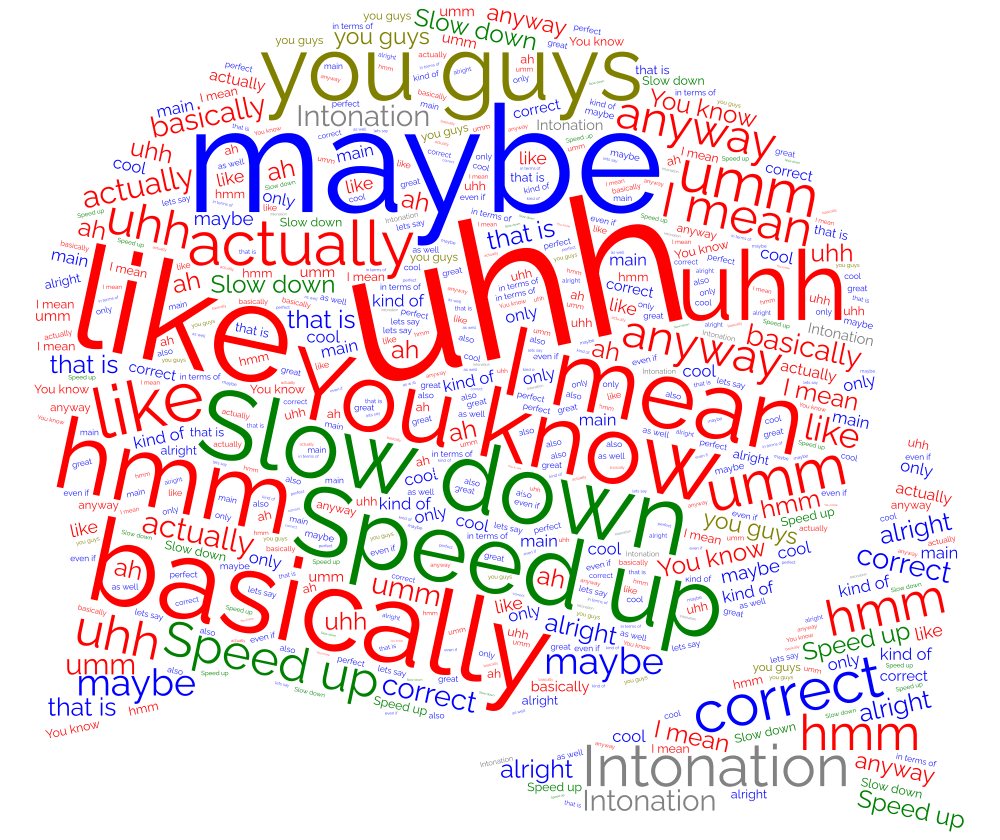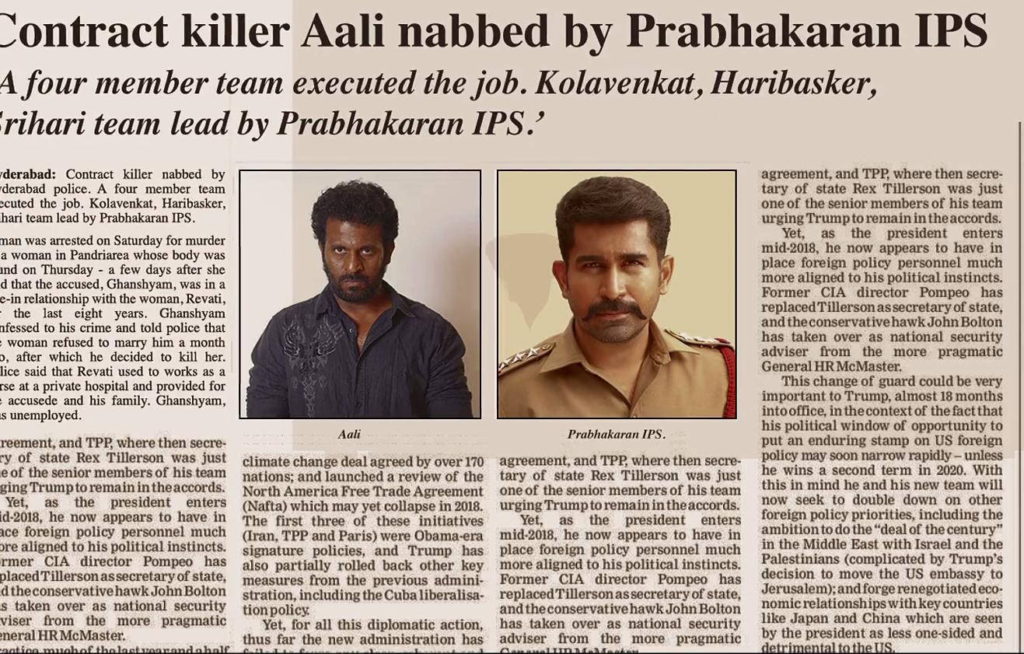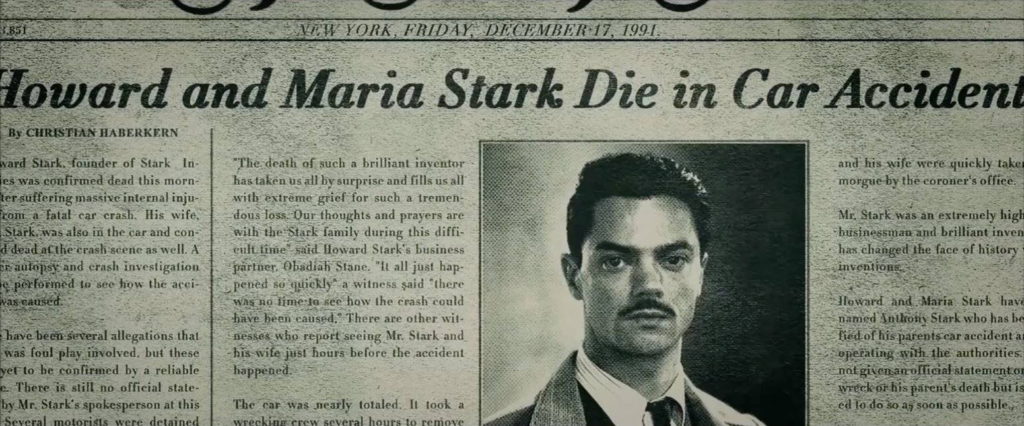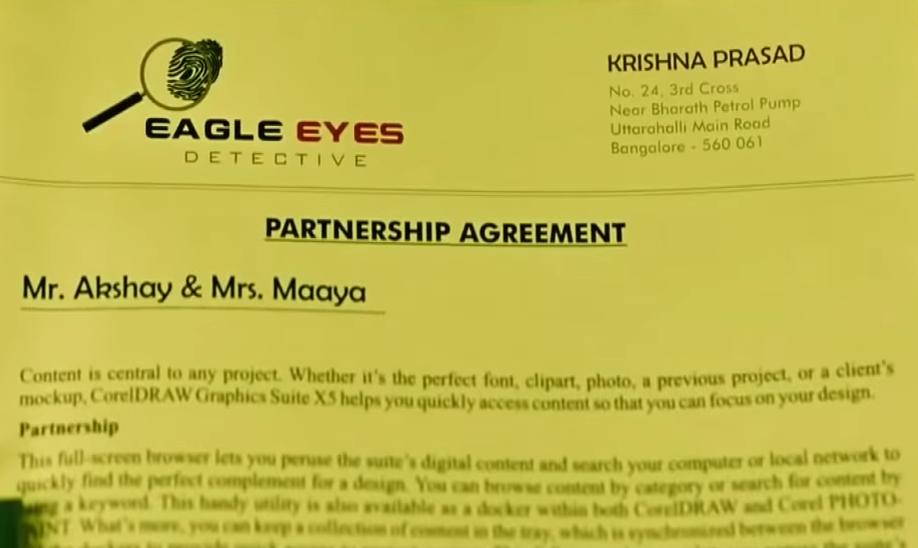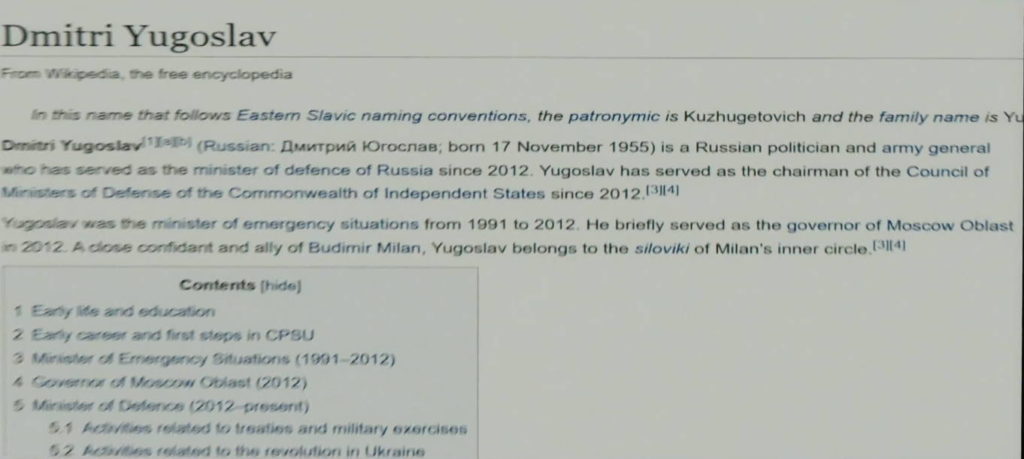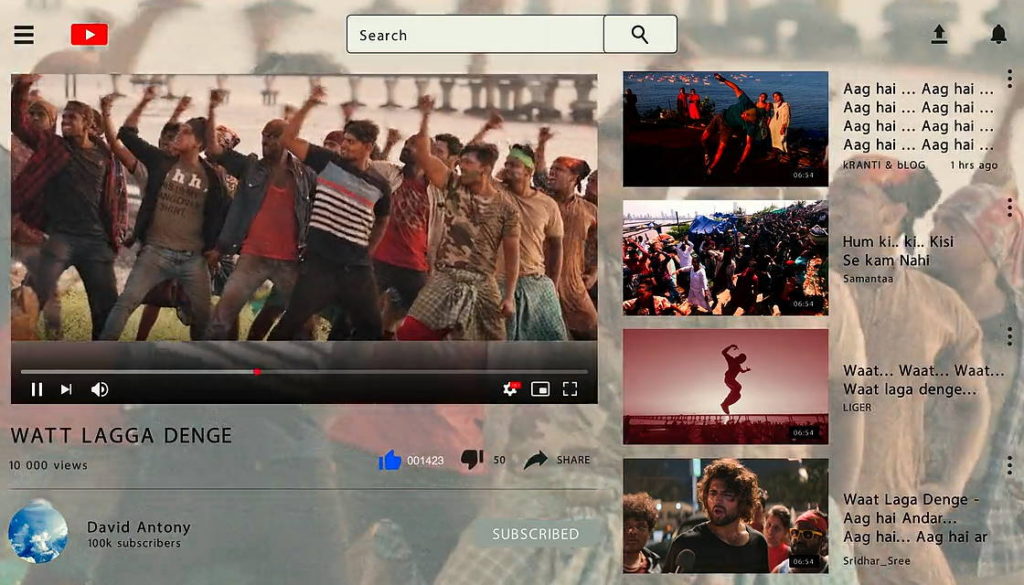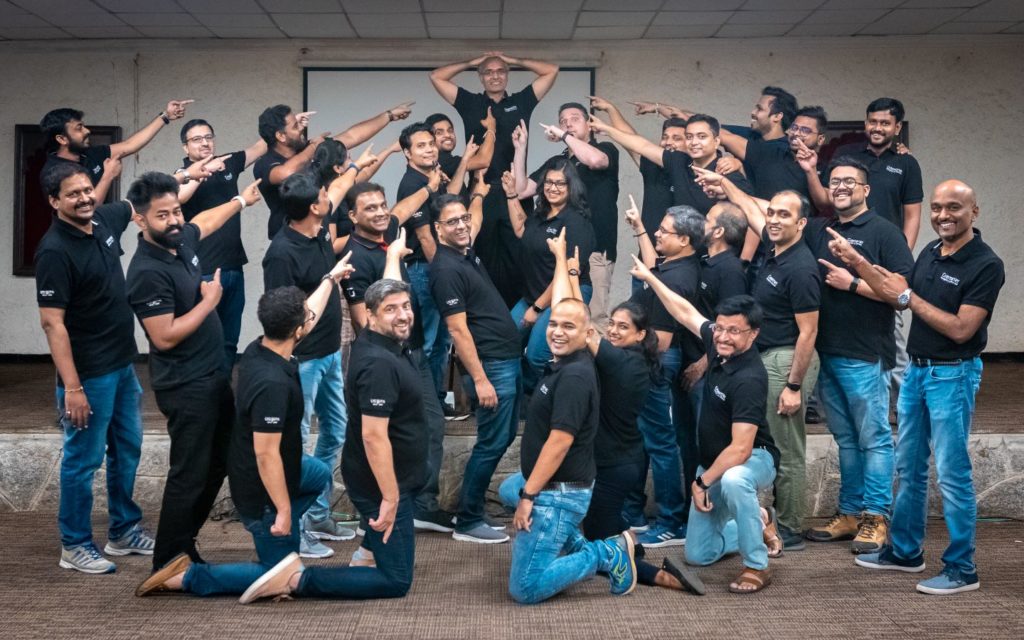Books in 2022
I read 52 books in 2022 (about the same as in 2021 and 2020.) Here’s what I read (best books first).
Mind-blowing
- Man’s Search for Meaning. Viktor Frankl. It’s 75 years old and timeless. Who we are is independent of what’s around us. This book shows us why. This story is a great example. My best book of 2022.
- The Paper Menagerie. Ken Liu. I cried all the way from the beach to home. The skies joined me. It’s short. Touching. It healed a wound I can’t speak about. The most touching book of 2022.
- The Data Detective. Tim Harford. 10 powerful, down-to-earth rules for how to make sense of data, and avoid being fooled. I plan to incorporate every one of these into my talks. The most useful guide to working with data in 2022.
- The Extended Mind. Annie Murphy Paul. Explains how we think not just inside our brains, but in our bodies, in our physical environment, and in the people around us. The most effective guide to transforming my thinking in 2022.
Life-changing
- Yuval Noah Harari’s Sapiens, Homo Deus and 21 Lessons for the 21st Century. Covers the past, present, and future of humanity, weaving the shared beliefs we’ve crafted — God, money, equality, property rights, happiness, and much more.
- Four Thousand Weeks. Oliver Burkeman. We live just 4,000 weeks. When you realize that, time management takes a new meaning. This is the most different time management book I’ve read, and I’ve started writing down stories of what I’ve done with my 4,000 weeks — each week.
- The Motive. Patrick Lencioni. Why do you want to stay a CEO? That’s the question this book answers, and in a sentence, it’s about doing the most important stuff that no one else will do. Not the stuff you like, or are good at.
- Team of Rivals. Doris Kearns Goodwin. The life of Lincoln and his cabinet. It’s extraordinary to see the path 4 eminent politicians took and the day-to-day decisions each made during the American Civil War.
- This is Water. David Foster Wallace. A commencement speech about the importance and power of noticing our blindspots, and making a habit of it.
- The Unknown Unknown. Mark Forsyth. A short, witty defense of bookshops. But it’s actually about blindspots and the power of randomness.
- Messy. Tim Harford. Explains how messiness is good for creativity and efficiency, with dozens of stories that prove the point.
Interesting
- The Conquerer series. Conn Iggulden. The life of Genghis Khan. Factual, but interpolated with imagination. Gripping.
- The Subtle Art of Not Giving a F*ck. Mark Manson. A direct nudge to face our fears and choose our pains (not pleasures) actively.
- Talking to Strangers. Malcolm Gladwell.
- Bad Blood. John Carreyrou. The story of Therenos. It shows how thin the line to cross is.
- Land of the Seven Rivers. Sanjeev Sanyal. A history of India.
- The Ocean of Churn. Sanjeev Sanyal. A history of the Indian ocean.
- On Writing Well. William Zinsser. Teaches you to write with clarity, simplicity, brevity, and humanity.
- Superforecasting. Philip Tetlock, Dan Gardner. Techniques to consistently forecast better.
- Oathbringer. Brandon Sanderson.
- What the Dog Saw. Malcolm Gladwell.
- Humble Pi. Matt Parker.
- David and Goliath. Malcolm Gladwell.
- Next in Line. Jeffrey Archer.
- The Bomber Mafia. Malcolm Gladwell.
- Emperor series. Conn Iggulden.
- Flow. Mihaly Csikszentmihalyi.
- When Breath Becomes Air. Paul Kalanithi.
- The Lost Metal. Brandon Sanderson
- The Assassin’s Blade. Sarah J Maas.
- Skyward. Brandon Sanderson. Sunreach, ReDawn, Cytonic, Evershore
Readable
- War of Lanka. Amish Tripathi.
- A Court of Thorns and Roses. Sarah J Maas. Part 1, 2 and 3.
- Asterix and the Magic Carpet.
- Scott Pilgrim’s Precious Little Life. Bryan Lee O’Malley.
- Scott Pilgrim vs The World. Bryan Lee O’Malley.
- Daughter of the Deep. Rick Riordan.
How I read books
- Select. I add book recommendations to my GoodReads – To-read list. Then I sort by rating and pick the first one I like to read.
- Listen. I listen to non-fiction audiobooks during walks.
- Read: I read fiction as ePUBs on my laptop or phone.
- Stop: I stop reading books that are boring, with no guilt. I’ve better things to do.
